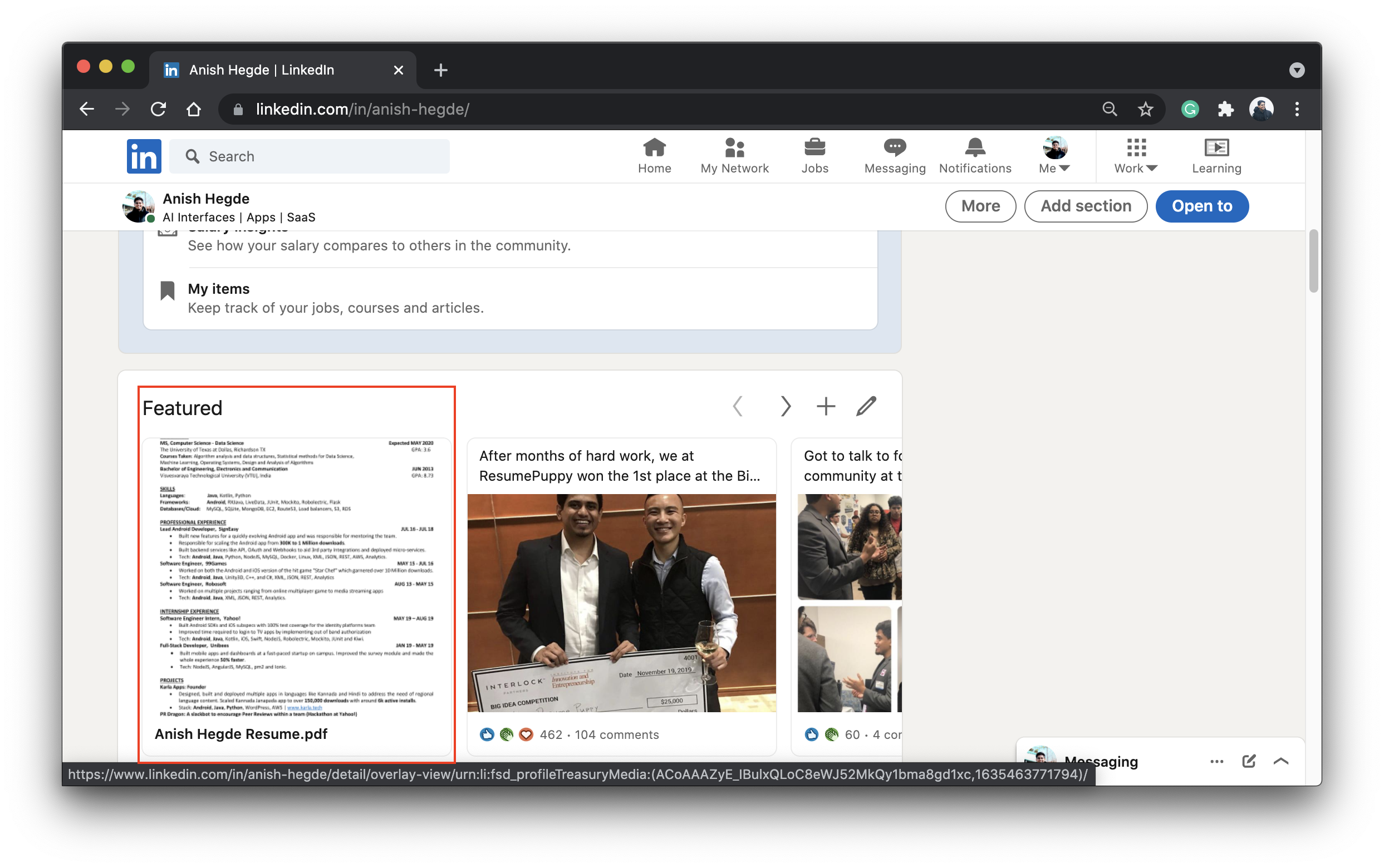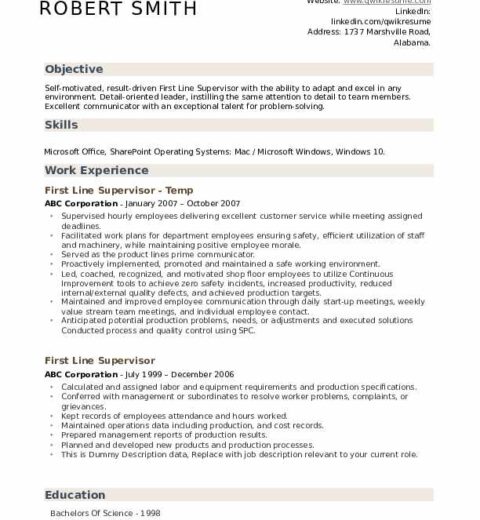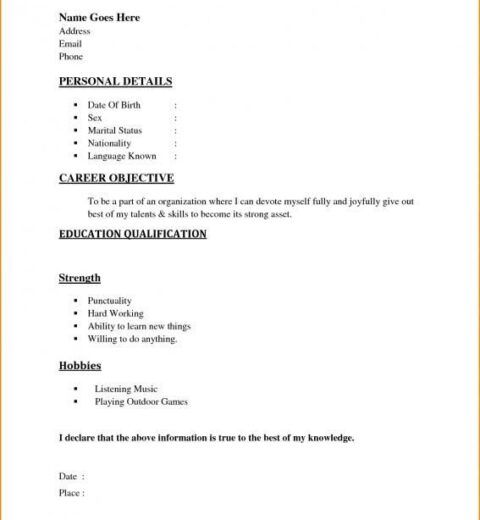LinkedIn has evolved into an indispensable tool for professionals seeking to advance their careers and network with industry peers. One of the most effective ways to create a compelling presence is by showcasing your qualifications. Adding a resume to your LinkedIn profile not only enhances your visibility but also provides potential employers and connections with a detailed insight into your professional background. In this comprehensive guide, we will explore the optimal ways to integrate your resume into your LinkedIn profile, addressing common concerns and offering best practices.
The Importance of Including a Resume on LinkedIn
In the hyper-competitive job market, having a well-crafted LinkedIn profile is essential. A resume on LinkedIn is more than just a document; it serves as a digital calling card that can elevate your professional image. Incorporating your resume into your profile gives recruiters immediate access to your qualifications, experiences, and achievements. This can significantly improve the probability of being discovered during searches for potential candidates.
Step 1: Accessing Your LinkedIn Profile
To begin the process, log into your LinkedIn account. Once successfully logged in, navigate to your profile by clicking on your profile picture or the “Me” icon at the top of the homepage. This action takes you directly to your profile page, where you can take control of your professional narrative.
Step 2: Finding the Right Section to Add Your Resume
LinkedIn offers multiple avenues to present your resume effectively. You can opt to add your resume in the “About” section, in the “Featured” section, or simply upload it as a media file under the “Experience” or “Education” sections. Each of these options serves a distinct purpose:
- The About Section: This is an excellent area for a brief overview. You may choose to summarize your professional journey and then include a direct link to your resume, encouraging viewers to access the complete document.
- The Featured Section: This section is specifically tailored for highlighting key content. Adding your resume here allows you to showcase it prominently, making it one of the first things that visitors to your profile will see.
- Experience and Education Sections: If you prefer to have your resume as part of your work history, you can upload it as a media file within these sections. This can contextualize your resume within your qualifications and job roles.
Step 3: Uploading Your Resume
Once you’ve selected the suitable section to include your resume, the upload process is straightforward. Click on the “Add profile section” button located beneath your profile picture. Next, select “Recommended,” then “Add featured.” From here, choose “Links” for a document that is hosted online (like Google Drive or Dropbox), or “Media” to upload the document directly from your computer.
It is crucial to ensure your resume is in a compatible format, such as PDF or DOCX, as these formats are widely accepted and maintain formatting integrity. Be certain the document is polished; thoroughly proofread for grammatical errors, and ensure that formatting aligns with your professional standards.
Step 4: Enhancing Visibility with Keywords
Utilizing the proper keywords is vital when uploading your resume. LinkedIn searches heavily rely on keywords, making it imperative that your resume includes industry-specific terms and phrases that potential employers might use when searching for candidates. Incorporate these keywords naturally into your resume content, ensuring that they flow cohesively throughout your professional narrative.
Step 5: Keeping Your Resume Current
It is essential to maintain an updated resume, reflecting your most recent accomplishments and experiences. Regularly revisiting and revising your resume ensures that your profile stays current and accurately represents your capabilities. It is recommended to reassess your resume at least every six months or whenever you achieve a significant career milestone.
Step 6: Privacy Considerations
One of the most pressing concerns when adding a resume to LinkedIn is privacy. Many professionals worry about their sensitive information being viewed publicly. Be conscious of what details you include in your resume. If you are currently employed and searching for new opportunities, you may want to avoid including your current employer’s information or sensitive data within your resume. Ensure that your privacy settings are configured correctly; you can control who sees your profile and the information displayed.
Potential Pitfalls to Avoid
When adding your resume to LinkedIn, be mindful of common missteps. Avoid cluttering your resume with excessive text or irrelevant details that do not add value. Remember that hiring managers may only skim the document. Highlight your key achievements and expertise succinctly. Additionally, consider design; while creativity can be beneficial, ensure your resume is professional and easy to read.
Conclusion
Integrating your resume into your LinkedIn profile is an advantageous endeavor. By following the steps outlined, you can enhance your professional visibility and appeal to potential employers. Regularly updated and strategically placed, your resume acts as a powerful tool in your career development arsenal. By being meticulous and intentional about what you present, you commit to promoting an impression that aligns with your professional aspirations.




